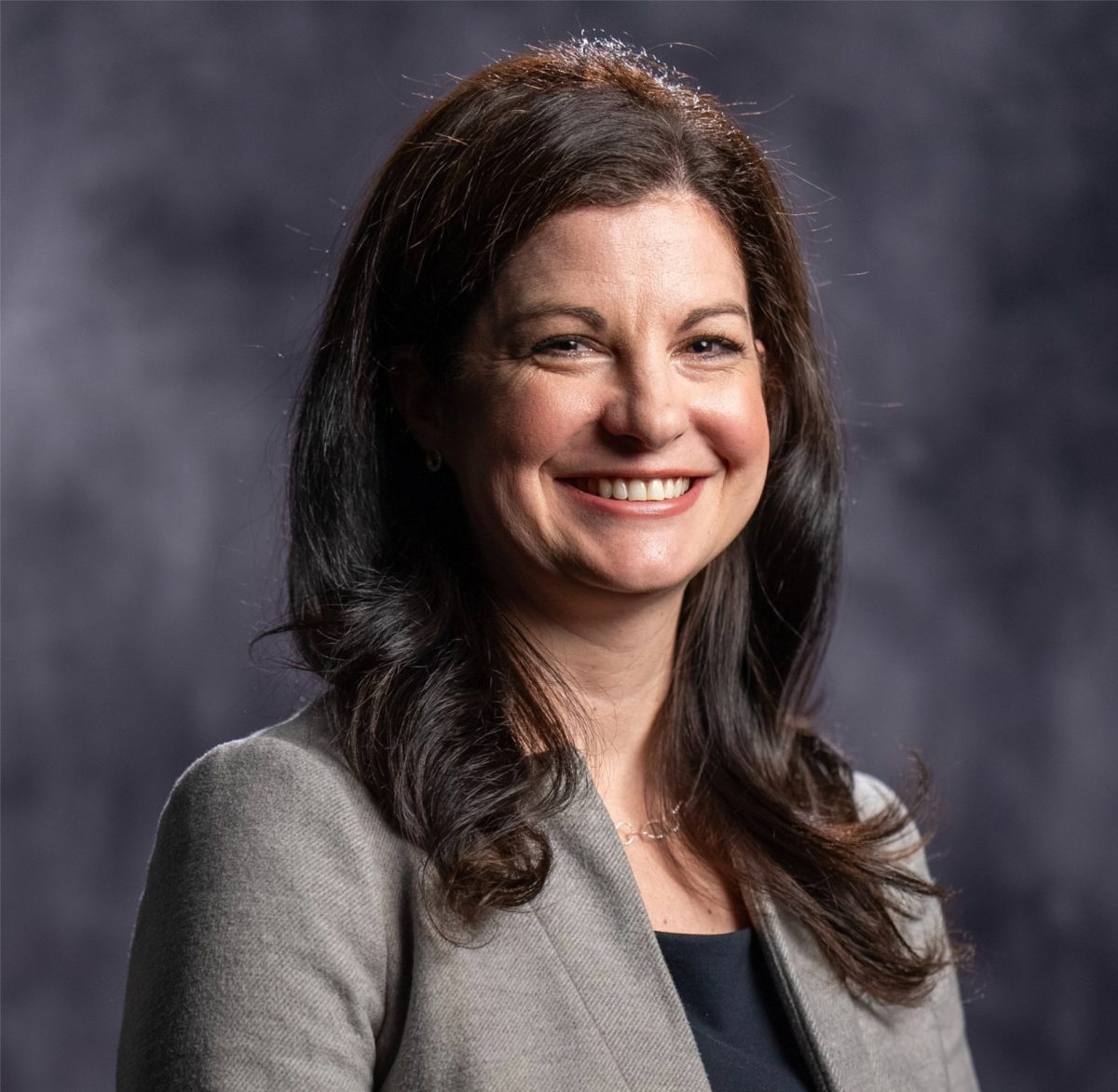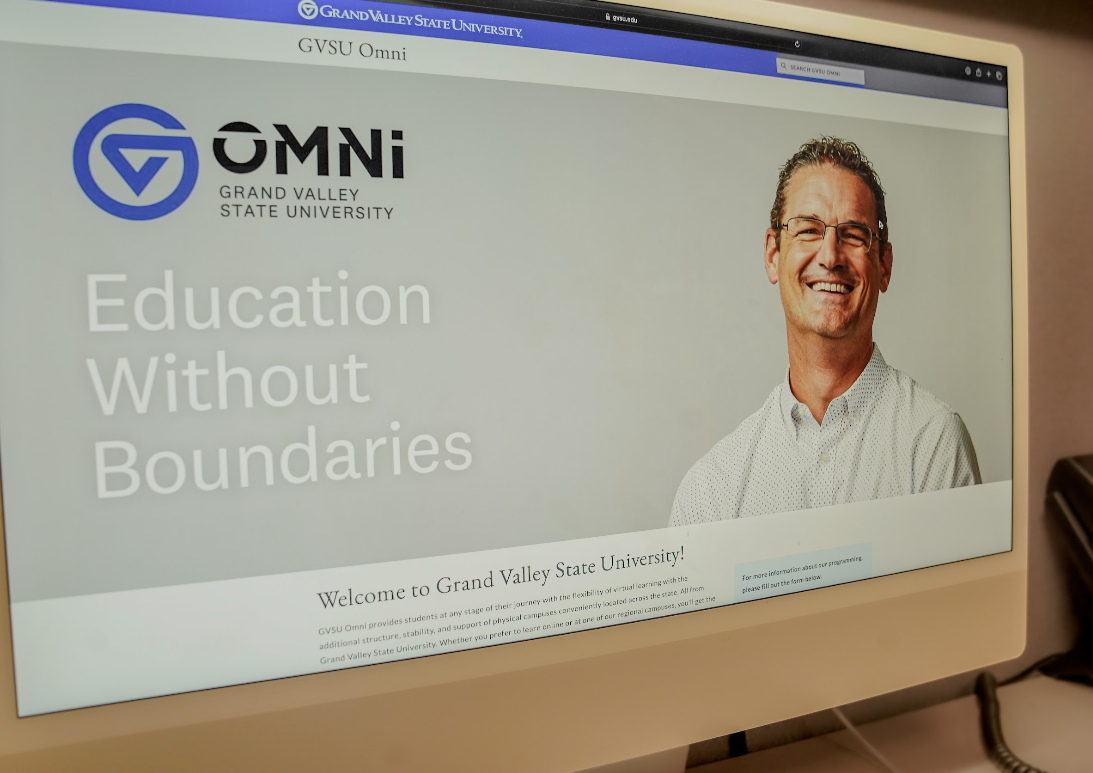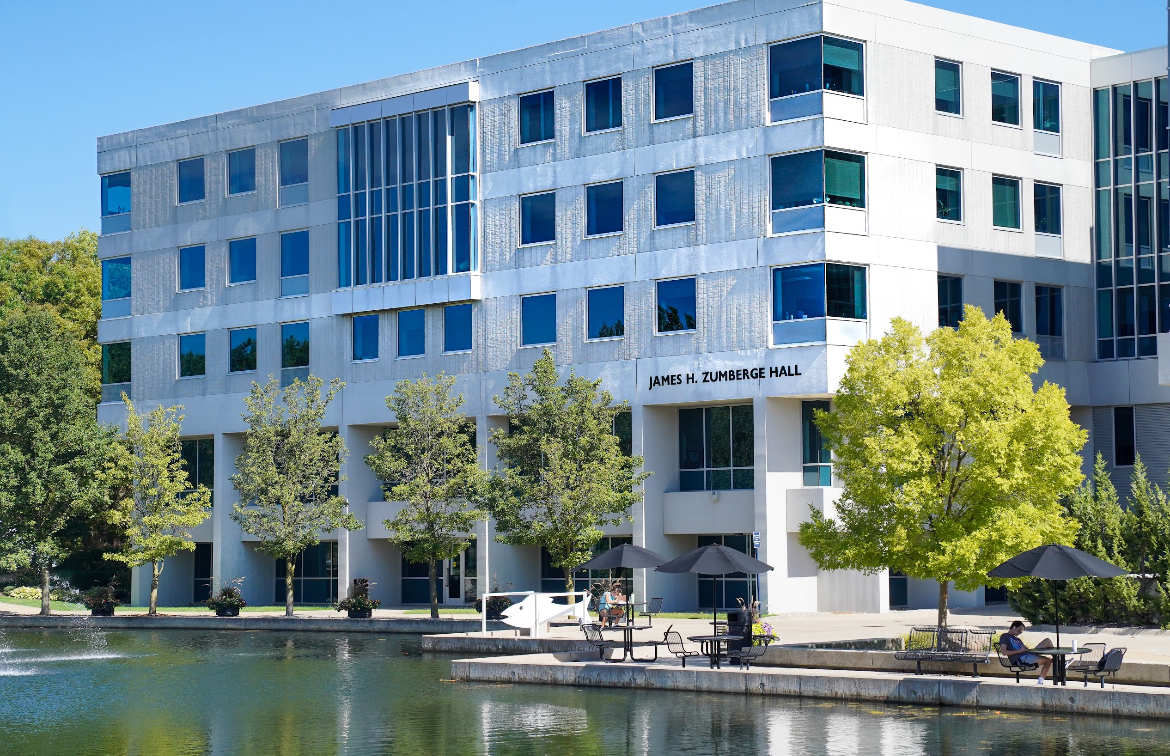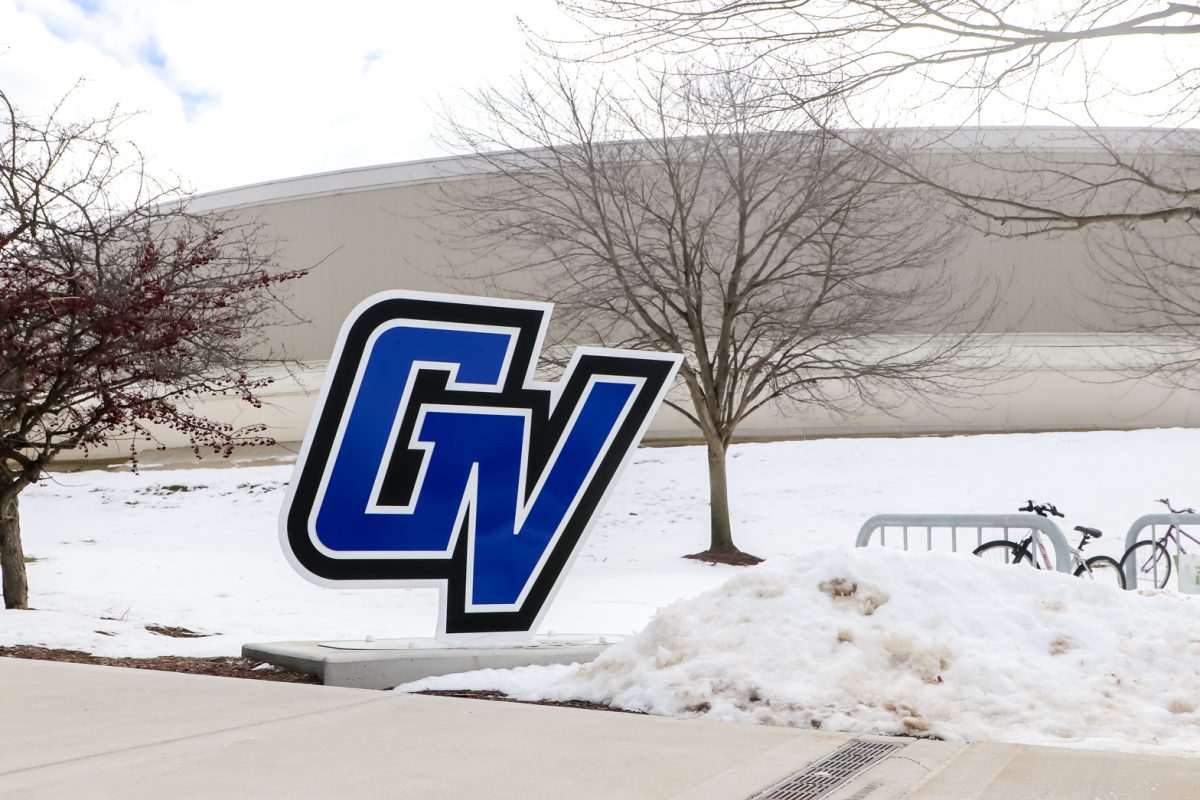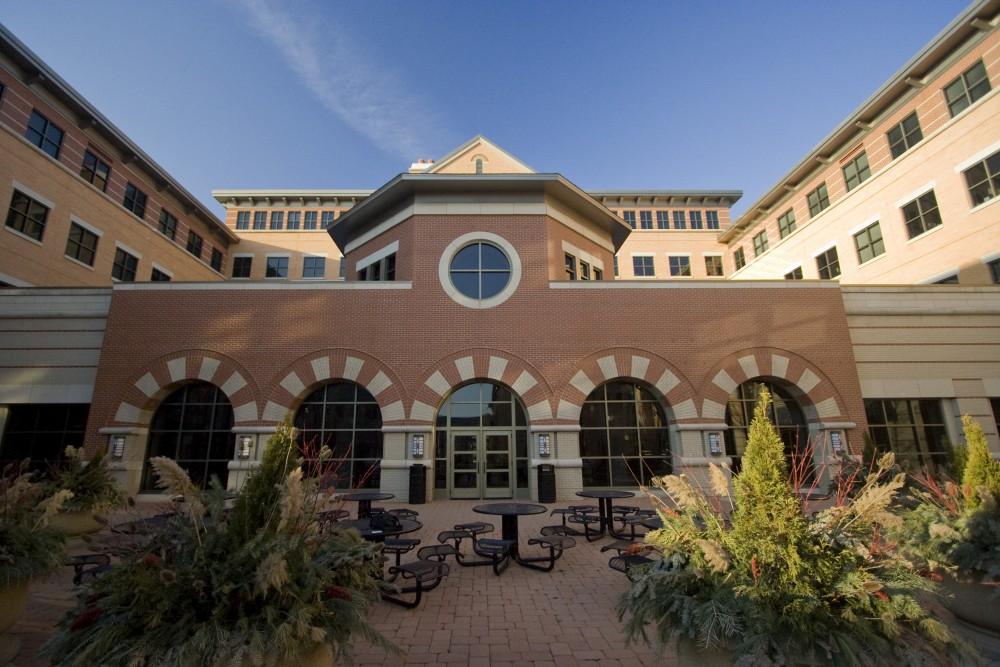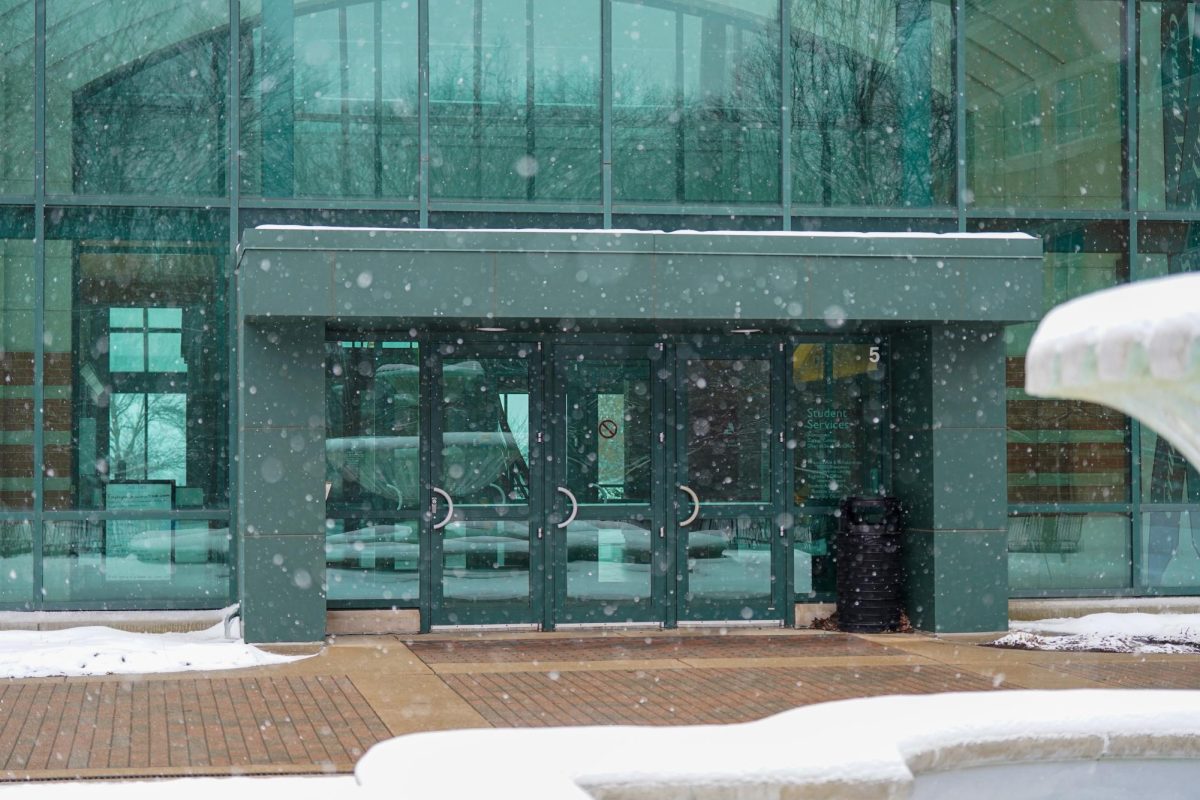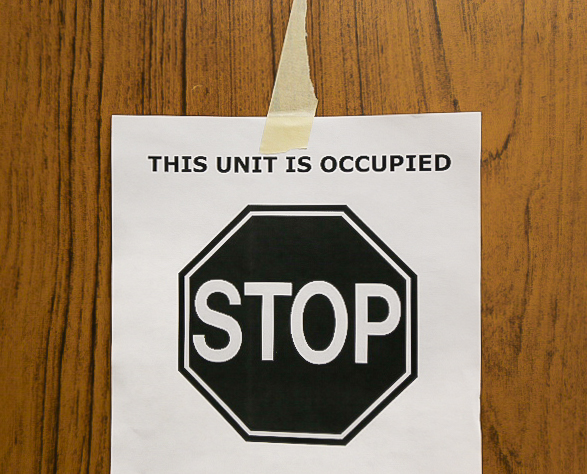Grand Valley State University plans to reform the University’s student academic advising system, which is part of the University’s effort to promote “educational equity” and increase accessibility to high-demand resources.
GVSU’s goals to address educational equity include lowering the student-to-advisor ratio and restructuring the system in an attempt to give students more face-to-face time with their advisors. Lowering the student-to-advisor ratio aims to reduce any disconnect between students and their academic advisor. A totally new advising initiative is taking place in the upcoming 2024 fall semester that, in theory, would give students a more consistent connection with an academic advisor.
GVSU is taking on a “case management” approach to advising. Incoming students will be paired with an academic advisor that will stay with them for the entirety of their time at GVSU. Advisors will be responsible for 300-350 students. This will replace the current advising system, where students may schedule appointments with any advisor based on their major. As another part of the advising reform, GVSU is establishing a new advising center. Instead of being associated with one of the colleges, this pool of advisors will cater specifically to exploratory students.
Many students feel more secure in their academic endeavors and more supported by the University when they are able to meet with the same advisor on multiple occasions and have their meetings in a face-to-face setting.
First year student Zachariah Trevino said he has had mainly positive experiences with academic advising.
“(My advisor) was super helpful and explained what my next years here are going to look like,” Trevino said. “My meeting was on Zoom because he only meets freshmen in-person downtown. I like talking face-to-face, so it felt a little less personal.”
Each college at GVSU has its own advising center, like the College of Liberal Arts and Sciences (CLAS) and the Seidman College of Business. High numbers of students and low numbers of advisors available makes it very difficult for some students to get in touch with an advisor. The current student-to-advisor ratio differs between colleges based on enrollment.
“(Some) centers have higher ratios, which can mean there is a longer wait time to get an appointment,” said Jennifer Getting Jameslyn, the director of the Brooks Advising Center. “Advisors may have less time to build relationships with students and get to know their goals, strengths and needs.”
Some upperclassmen have expressed their frustration regarding the lack of appointment availability with their advisors. This is another complication contributing to low student satisfaction with the current advising system in place.
“One time when I was registering for classes, Banner blocked me and I had to meet with an advisor,” said third year student Zoey Barman. “I couldn’t get an appointment until the next week (after registration had opened), so I couldn’t get into the classes I wanted. It was just annoying.”
The demand for advising across all colleges has prompted the University to look into alternative ways to best support students.
Vice Provost for Advising and Student Success Catherine Buyarski said the lower student-advisor ratio will allow advisors more time to understand the complexity of their students.
“I concentrate on that group of students and I’m reaching out to them, I’m checking their grades, and I’m seeing if you were logging into Blackboard and then all of a sudden you’re not,” Buyarksi said. “That would make me send you an email and say, ‘Hey, something happened. What’s going on?’”
To implement this new advising system, the University needs to hire additional advisors. Currently, the school is recruiting 15 additional advisors for the upcoming academic year. These new advisors will be assigned to the colleges where the demand for advising support is higher.
This center will also have services for students who are on probation with the school, or those who are facing potential dismissal. A portion of the incoming 15 advisors will be located here.
GVSU hopes these plans will reduce feelings of disconnect between students and their academic advisor and enhance the overall student experience. It is unclear if the shift will be more effective than the current system, as some current advisors may be shifted from their original roles as academic advisors to student “mentors.”
After reaching out to several academic advisors regarding the advising reform, all refused to comment.







